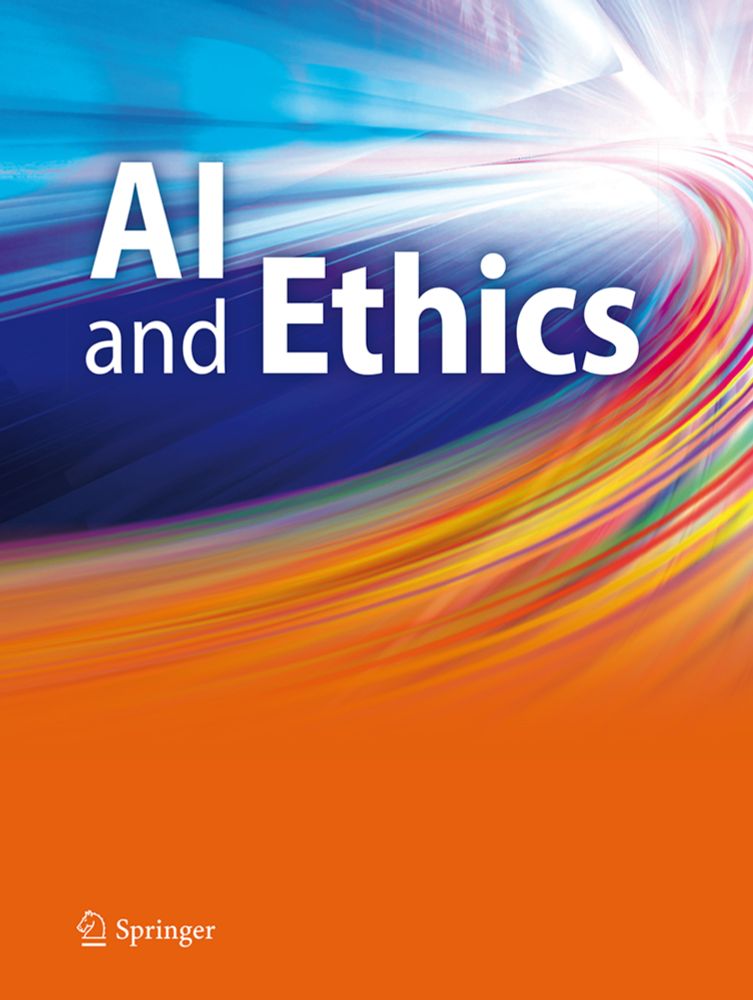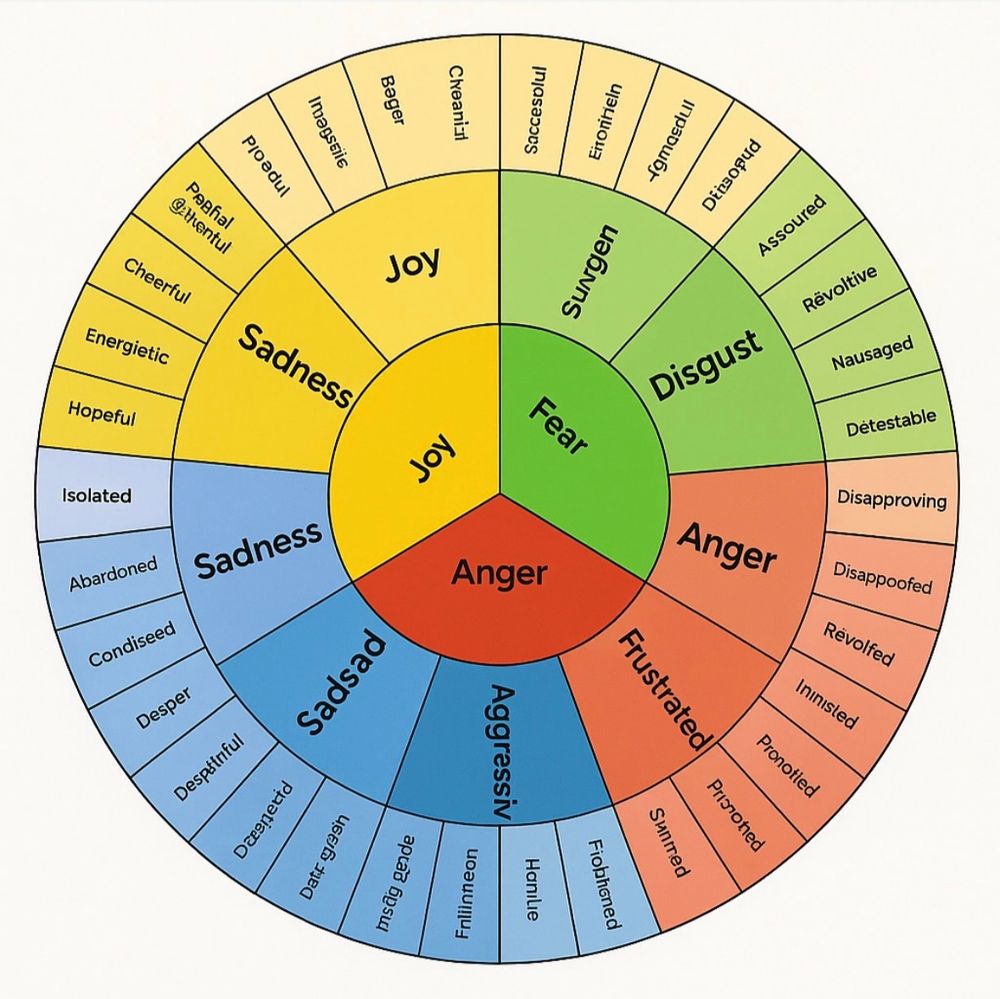Travis LaCroix
@travislacroix.bsky.social
85 followers
73 following
54 posts
Dr // Asst. Prof // Philosopher @ Durham University (UK)
(I am also a human being)
Language Origins // AI Ethics // Autism
Posts
Media
Videos
Starter Packs
Travis LaCroix
@travislacroix.bsky.social
· Jul 22
Travis LaCroix
@travislacroix.bsky.social
· Jul 22
Travis LaCroix
@travislacroix.bsky.social
· Jul 22
Travis LaCroix
@travislacroix.bsky.social
· Jul 22
Travis LaCroix
@travislacroix.bsky.social
· Jun 15

Moral dilemmas for moral machines - AI and Ethics
Autonomous systems are being developed and deployed in situations that may require some degree of ethical decision-making ability. As a result, research in machine ethics has proliferated in recent ye...
doi.org
Travis LaCroix
@travislacroix.bsky.social
· Jun 15
Travis LaCroix
@travislacroix.bsky.social
· Jun 15

Metaethical perspectives on ‘benchmarking’ AI ethics - AI and Ethics
Benchmarks are seen as the cornerstone for measuring technical progress in artificial intelligence (AI) research and have been developed for a variety of tasks ranging from question answering to emoti...
doi.org












